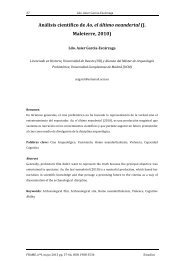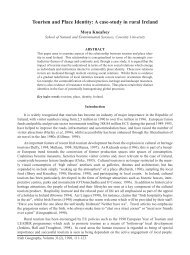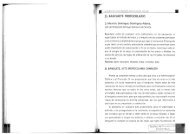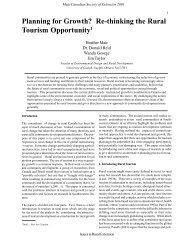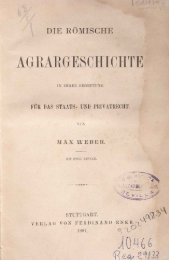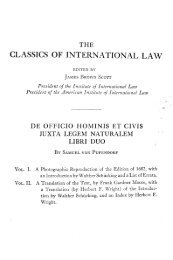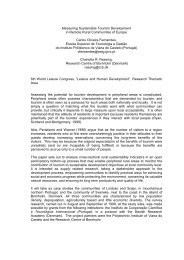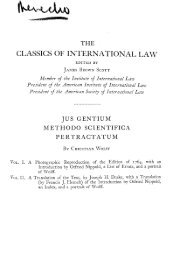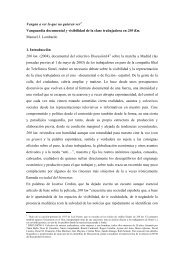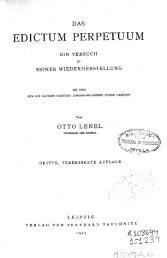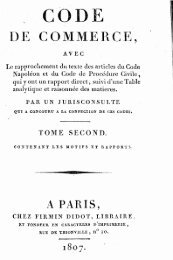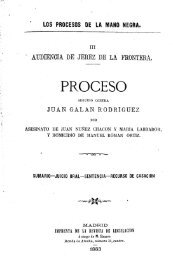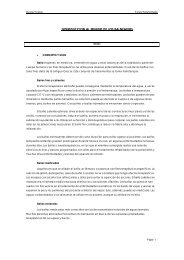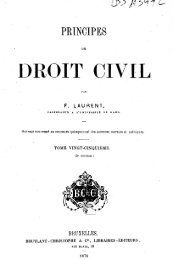Alicante Step by step - Universidad de Sevilla
Alicante Step by step - Universidad de Sevilla
Alicante Step by step - Universidad de Sevilla
Create successful ePaper yourself
Turn your PDF publications into a flip-book with our unique Google optimized e-Paper software.
FIESTAS<br />
Porrat <strong>de</strong> San Antón (St Anthony’s Market)<br />
Traditional fair with street stalls selling typical products such as dried fruits and nuts,<br />
sugared fruits, quince jelly and turrón <strong>de</strong> novia (bri<strong>de</strong>’s nougat). Animal show and<br />
traditional blessing of the animals in the bullring. This feast is held on St Anthony’s<br />
Day, 17 January, in the quarter of <strong>Alicante</strong> named after the saint.<br />
Carnival<br />
Even the street benches are especially <strong>de</strong>corated for the <strong>Alicante</strong> Carnival. On Saturday,<br />
called Sábado Ramblero, there are para<strong>de</strong>s down Rambla Avenue featuring carnival<br />
costumes, ending with a festivity called the “Funeral Wake and Burial of the Sardine”.<br />
Held on the weekend and days leading up to Ash Wednesday.<br />
Semana Santa (Holy Week)<br />
From Palm Sunday to Resurrection Sunday a total of 27 brotherhoods take part in<br />
processions carrying floats or effigies called pasos, some of which are authentic<br />
masterworks <strong>by</strong> famous artists such as Salzillo, Bussi, Avalos or Castillo Lastrucci.<br />
Of note among the processions are that of the Holy Cross because it goes up the steep<br />
streets in the old quarter, the Procession of Silence, and the “Two Encounters” between<br />
Jesus and the Virgin Mary. The Santa Cena (Holy Supper) float is the largest in Spain<br />
and is carried <strong>by</strong> 208 porters. This is a movable feast falling in either March or April.<br />
The Pilgrimage of the Holy Visage (Santa Faz)<br />
This is a very popular pilgrimage, consi<strong>de</strong>red to be the second most important in<br />
Spain after the Andalusian Rocío, during which in one single day some 200,000<br />
people holding pilgrim’s canes and wearing typical orchard-workers blousons walk to<br />
the monastery of the Santa Faz to worship at the shrine. They have picnic lunches,<br />
and an arts and crafts market and fair are held. Thursday following Easter week<br />
continuing to the next weekend.<br />
Cruces <strong>de</strong> Mayo (May Crosses)<br />
The Santa Cruz quarter of town dresses up for May with sweet-smelling crosses ma<strong>de</strong><br />
of flowers lining its streets. The finest win awards, and dances and children’s games<br />
are staged. Held from 1 to 3 May.<br />
Hogueras <strong>de</strong> San Juan (St John’s Bonfires)<br />
This is the most outstanding festivity held in <strong>Alicante</strong>, <strong>de</strong>clared to be of International<br />
Tourist Interest. It is based on the ancient custom of burning useless objects to<br />
celebrate the summer solstice, connecting with the feast day of St John the Baptist.<br />
It was first held in 1928, with lots of colour, gunpow<strong>de</strong>r and bonfires. Of note are<br />
the Flower Offerings to Our Lady of Remedy (22 June), the International Folklore<br />
Para<strong>de</strong> (23 June) and the mascletás or fireworks competitions (20-24 June). There<br />
are also processions with marching bands, outdoor dances and sports competitions.<br />
The feast coinci<strong>de</strong>s with a bullfighting festival bringing in leading matadors, on foot<br />
and on horseback. At midnight on St John’s Night (from 24 to 25 June) a huge<br />
fireworks display is set off from the top of Mount Benacantil, and all the bonfires,<br />
and monumental floats ma<strong>de</strong> in papier-mâché and wood are burnt to ashes. The<br />
holidays continue until 29 June, St Peter’s Day. During the second half, a Medieval<br />
market is held in the old quarter of town, and from 25 to 29 June there is a fireworks<br />
competition, with displays being set off from Postiguet Beach.<br />
Moors and Christians<br />
This age-old festivity, commemorating former Christian battles for the reconquest of<br />
these lands from the Moors, is held in various quarters of <strong>Alicante</strong> and all inclu<strong>de</strong><br />
entry processions, called entradas – with groups from each si<strong>de</strong> parading into the<br />
town in filaes all arrayed in splendid costume. They take place in Villafranqueza<br />
(March), San Blas (June) and in the quarters of Altozano and José Antonio in August.<br />
Virgen <strong>de</strong>l Carmen (The Blessed Virgin Mary of Mt Carmel)<br />
This maritime city <strong>de</strong>corates its fishing boats and other vessels on the day sailors<br />
venerate their patroness. The biggest celebration, however, is held on the island of<br />
Tabarca, where an image of the Virgin is carried on a boat in a sailor’s procession.<br />
Held on 16 July.<br />
Virgen <strong>de</strong>l Remedio (Our Lady of Remedy)<br />
This is a feast to honour the patron saint and perpetual mayoress of the city. Two days<br />
before the feast day (3 August) an ancient choral concert is held called the Alborada<br />
On 5 August a procession is held with the image of the Virgin. The Port Summer<br />
Festival is also held at this time in the Patron Saint’s honour.<br />
Virgen <strong>de</strong>l Socorro (Our Lady of Succour)<br />
The Raval quarter, once populated with fishermen, organises a feast in honour of its<br />
patron saint, the virgin after whom the chapel and the main street, overlooking<br />
Postiguet Beach, were named. The festivity inclu<strong>de</strong>s cooking contests, a procession,<br />
games, dances, etc. From 5 to 8 September.<br />
37



